You use Google’s web browser, Google Chrome, to surf the web. But for one reason or another, your home page is Yahoo.com and your default search engine is Yahoo! Search.
This raises the question: How can you get rid of Yahoo! Search on Google Chrome? This guide will show you how to do it step by step and with screenshots.
Part 1: Change Your Start-Up Page
Does Yahoo.com open every time you fire up the Google Chrome web browser? If the answer to this question is “yes,” this means that Yahoo’s home page is set as your browser’s start-up page.
The good news is that this is easy to fix.
To change your start-up page on Google Chrome, go to Settings > On-startup and switch to “Open the New Tab page.”
How to do this step by step:
Step 1: Fire up Google Chrome.
Step 2: Click the icon with three dots in the upper right corner of the screen.
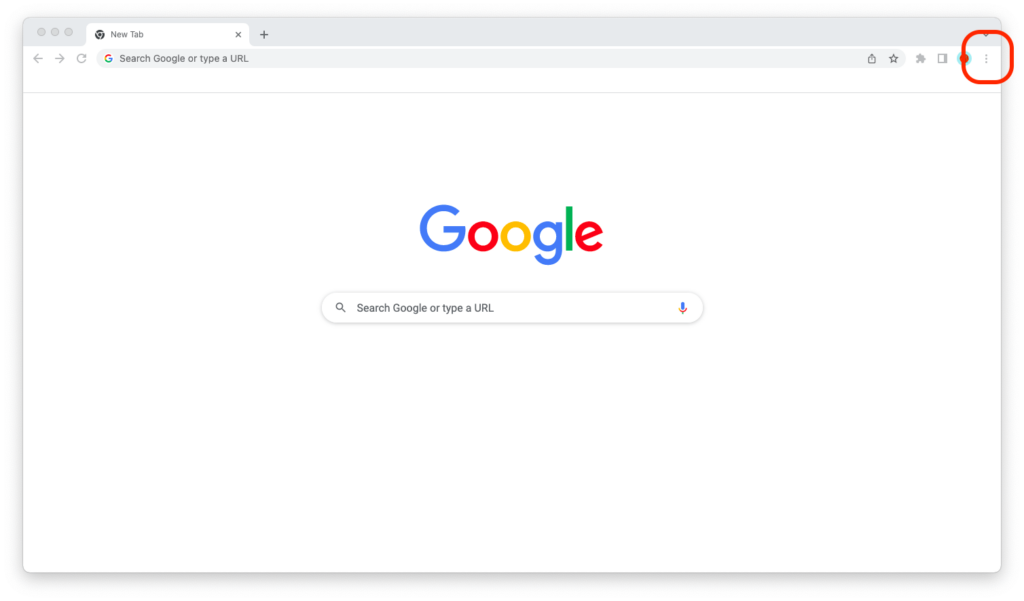
Step 3: Go to Settings.
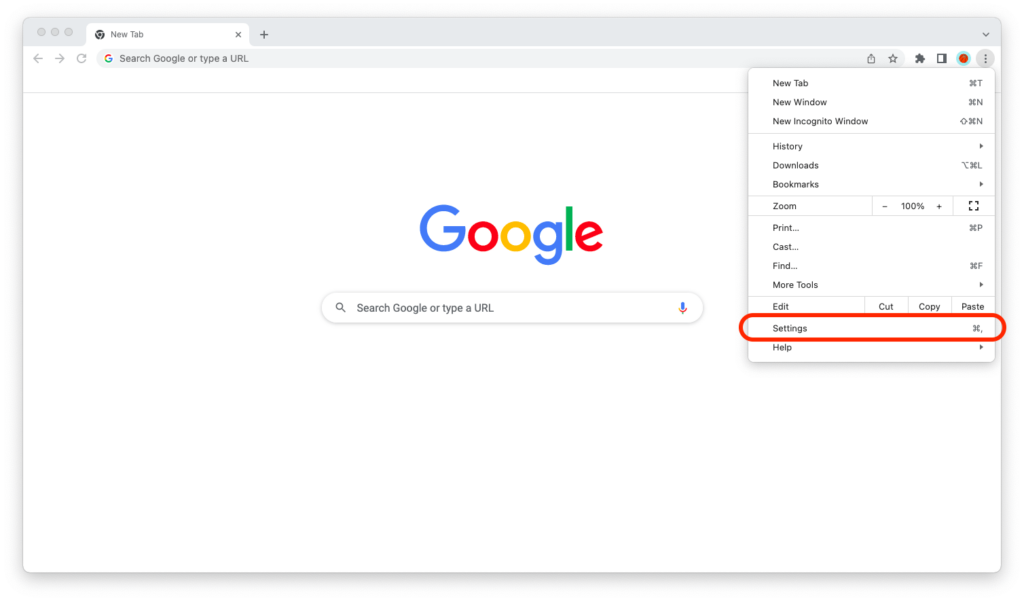
Step 4: Navigate to the “On start-up” tab in the left sidebar.
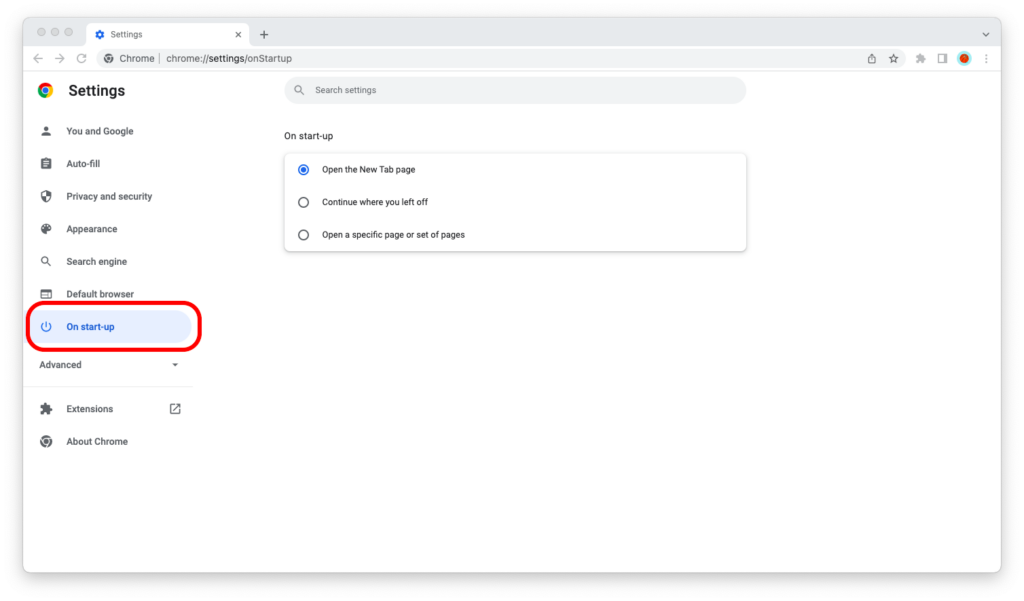
Step 5: Change the setting to “Open the New Tab page.”
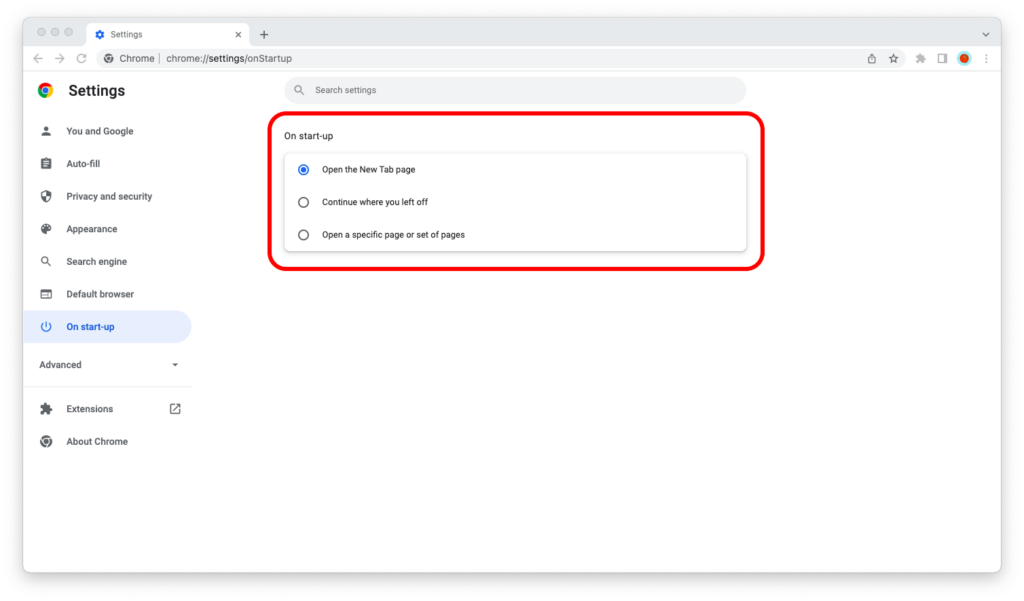
Step 6: Your new settings will be saved automatically and you don’t have to look for a “Save” button (there is none). Simply close the Settings tab and restart the Google Chrome browser.
Part 2: Change Your Default Search Engine
If, when you type a search query into the address bar and hit the Enter key on your keyboard, you see Yahoo! results instead of Google results, then Yahoo! Search is set as your default search engine.
This too is easy to change.
To change your default search engine in Google Chrome, go to Settings > Search engine and make sure “Google” is selected under “Search engine used in the address bar.”
How to do this step by step:
Step 1: Fire up Google Chrome.
Step 2: Click the icon with three dots in the upper right corner of the screen.

Step 3: Go to Settings.

Step 4: Navigate to the “Search engine” tab in the left sidebar.
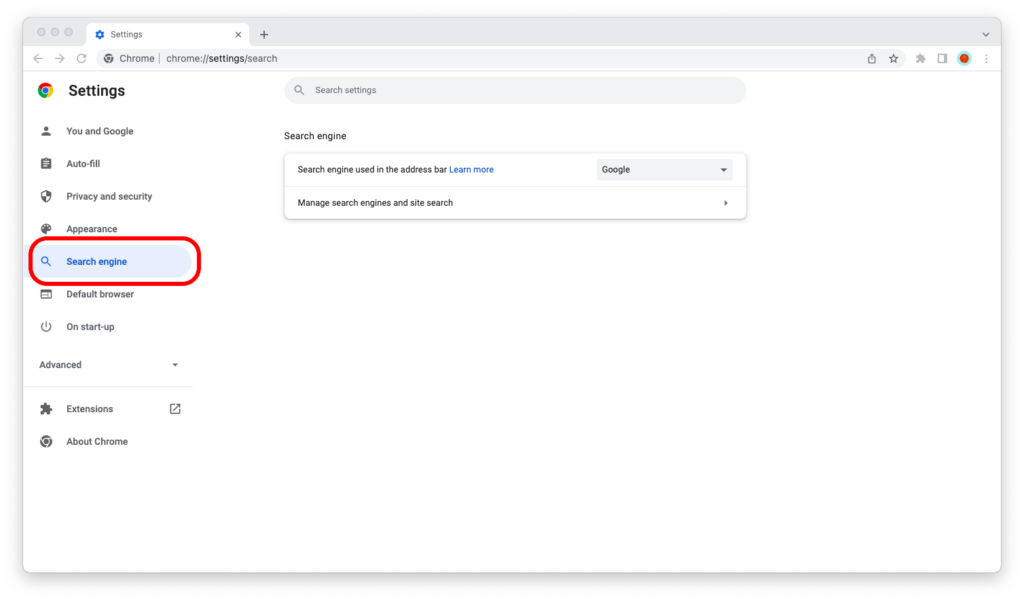
Step 5: Make sure Google, and not Yahoo! Search, is selected under “Search engine used in the address bar.”
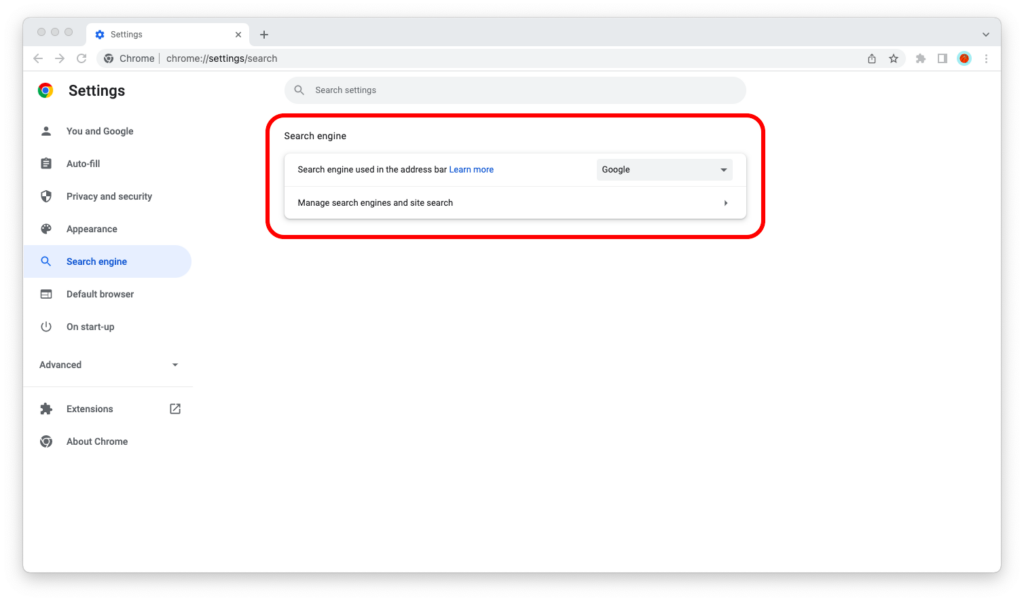
Step 6: Your new settings will be saved automatically and you don’t have to look for a “Save” button (there is none). Simply close the Settings tab and restart the Google Chrome browser.
Why Is Yahoo! My Search Engine in Google Chrome?
Yahoo! Search may be your search engine in Google Chrome for several reasons.
If you just installed Google Chrome and you copied the settings from another browser, like Firefox or Microsoft Edge, where Yahoo! Search was already your default search engine, this may very well explain what happened.
If you just started working at a new company and got a new laptop, it may be company policy that all new computers default to Yahoo! Search as the search engine. Ask your IT department’s support team.
If you’ve had the computer for a while and Yahoo! Search only recently became your search engine in Google Chrome with you changing it, you should do your due diligence as this could indicate something more serious.
Don’t get me wrong; Yahoo! Search is a great search engine, and it’s one of the best alternatives to Google. But unless you decided to set it as your default search engine in Google Chrome, something’s probably wrong with your browser or operating system.
Ask yourself: Did you install any new software recently?
Sometimes, software developers work with search engines and include a pre-ticked “Set my default search engine to X” checkbox in their installers.
Most people install software without paying too much attention to the steps and checkboxes in the installer—so it’s easy for something like this to go unnoticed.
Last but not least, if you haven’t installed any new software lately, check your Google Chrome extensions and remove everything that seems suspicious. Then scan your computer for malware and viruses.

